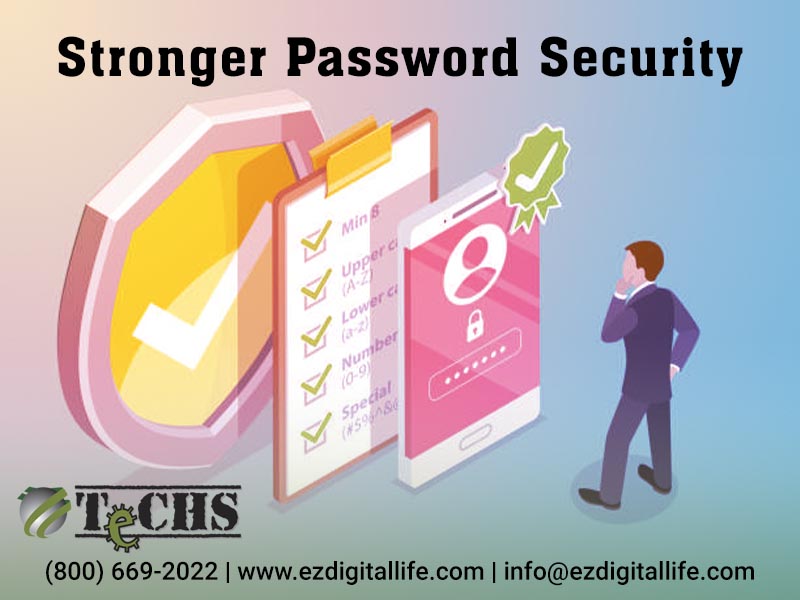
Smart Tips for Outsmarting AI Scams
August 14, 2025In today’s rapidly evolving digital world, the need for strong and secure passwords has never been more critical. Cyber threats continue to grow in scale and sophistication, and individuals are often the first line of defense against attackers. A password is no longer a simple key to access an account; it is a shield that protects personal information, financial security, and professional integrity. How people create and store their passwords can mean the difference between safety and vulnerability.
The first step toward password security is creating strong, complex combinations that cannot be easily guessed or cracked. A powerful password includes a blend of uppercase and lowercase letters, numbers, and symbols. Avoiding personal details such as names, birthdays, or common words is essential. The goal is to craft a unique and unpredictable sequence, reducing the risk of brute-force attacks or dictionary-based intrusions.
Equally important is the practice of avoiding password reuse across multiple accounts. Using the same password in different places creates a single point of failure, allowing attackers who gain access to one system to exploit many others. Every account must have a dedicated password, particularly those tied to sensitive financial or professional data. This approach creates multiple barriers, making it significantly harder for cybercriminals to succeed.
Storage of passwords also requires careful consideration. Writing them in notebooks or saving them in unprotected files exposes individuals to unnecessary risk. A secure password manager offers a reliable solution by encrypting and storing credentials safely. These tools also assist in generating strong passwords and make it easier to maintain unique logins for every platform without relying on memory alone.
Basically, people must remain proactive in updating their passwords regularly and enabling multi-factor authentication wherever possible. Changing credentials periodically minimizes the risk of long-term exposure in case of a breach. At the same time, multi-factor authentication provides an additional layer of protection that extends beyond a single password. These practices create a stronger defense system and significantly reduce the likelihood of falling victim to cybercrime.
Need help or have questions? Contact TeCHS!

